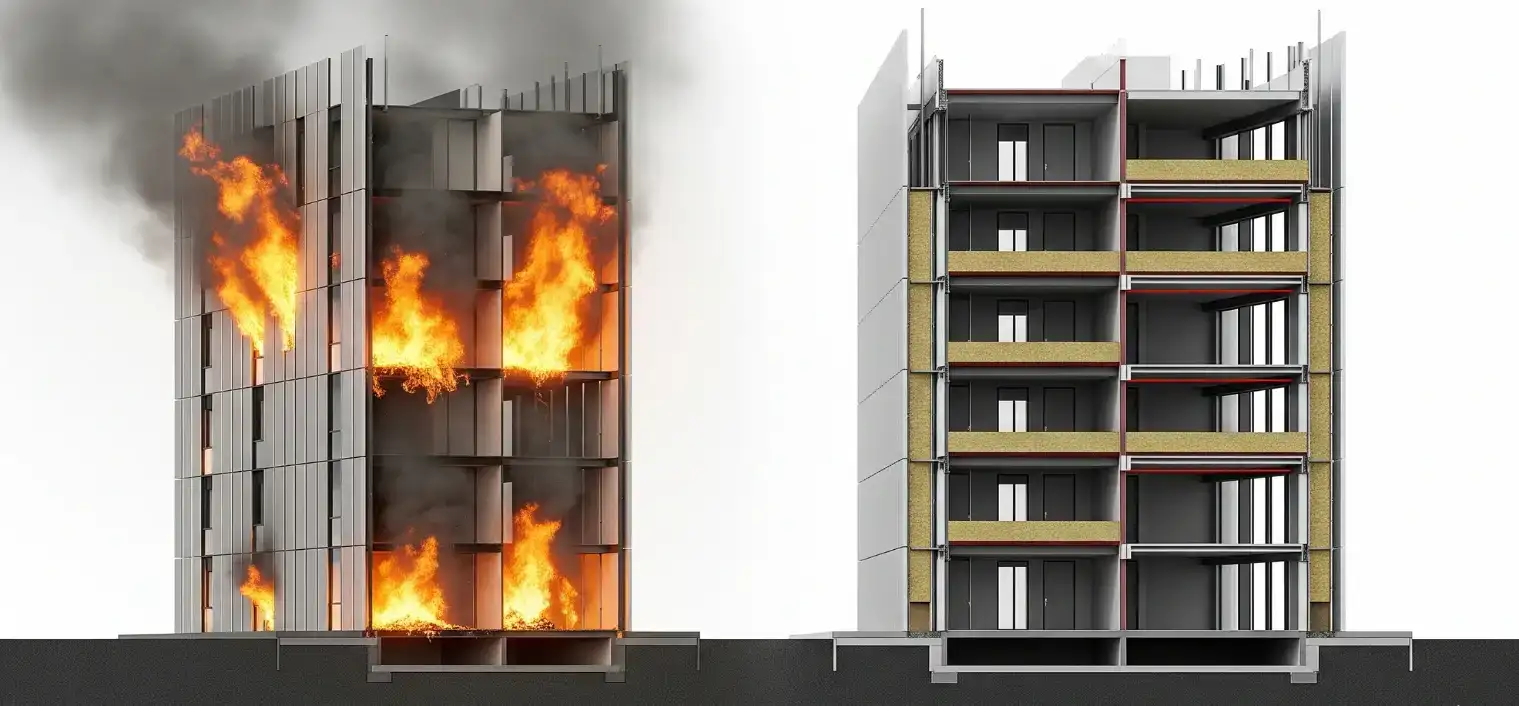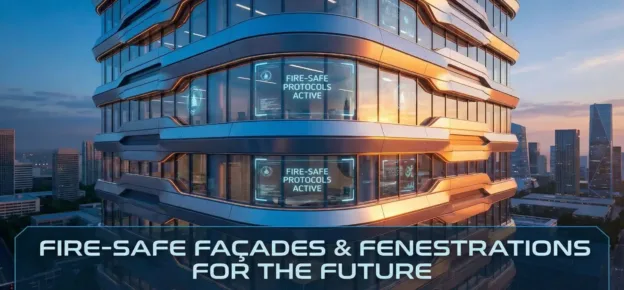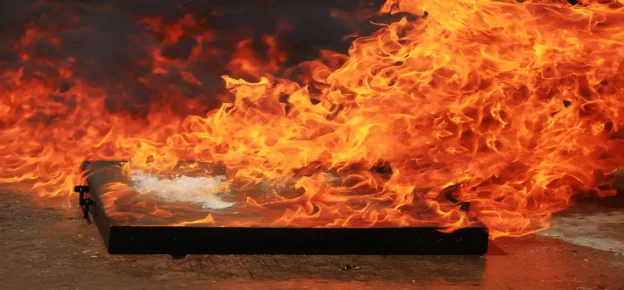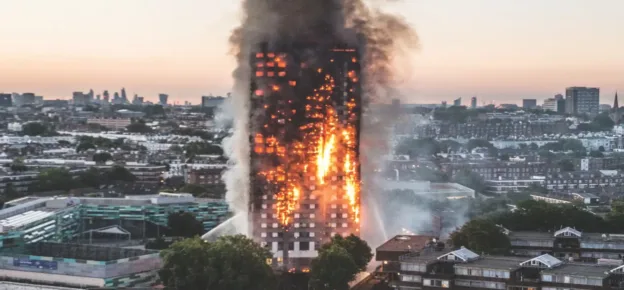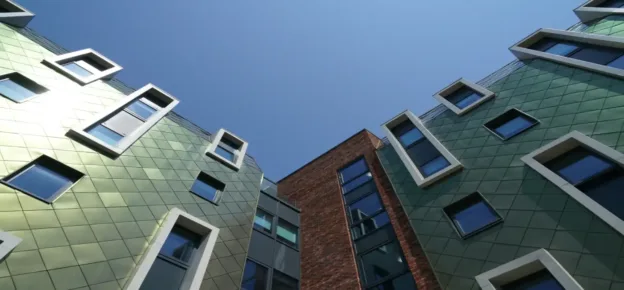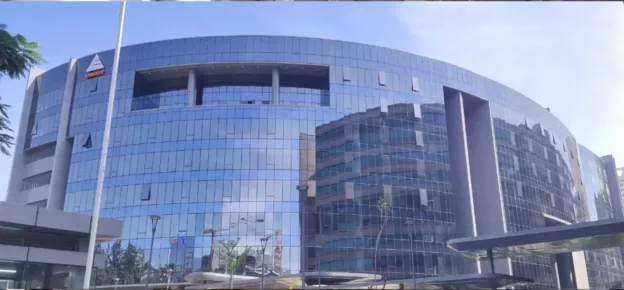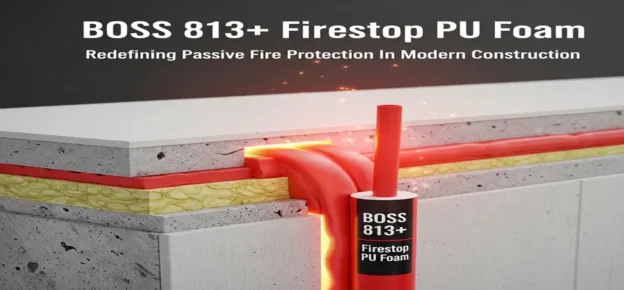All buildings are susceptible to fire, and this aspect needs to be considered during design since it impacts the safety of human life. There has been an enormous increase in buildings of all classifications consequent to socio-economic progress made in the country over the last two decades. This demand encouraged the construction of high-rise buildings without clear anticipation of the associated infrastructure requirements of cities. The challenges and risks that high-rises face due to fire hazards have also increased manifold. These hazards have caused heavy losses to life and limb, throwing up challenges to planners, architects and fire protection services for evolving better and improved methods of design and fire protection in order to mitigate such losses. Laxity in the control of these hazards could have disastrous consequences on fire safety.

Over the years, fire safety in buildings has seen major improvements. The issue now being focused on is the fire resistance and retarding properties of different types of façade materials, as well as the engineering aspects of assembly and fitment of façades over the base structures. Local codes are not clearly defined to ensure the installation of façades as per international norms and conventions. This leads us to believe that a dearth of awareness has created a forest of dense structures that may not be capable of ensuring the safety of the structure and its occupants from fire hazards.
We interviewed 15 experts to share their views on fire-safe façades and buildings in general. Here is what experts say about protecting buildings from fire:
